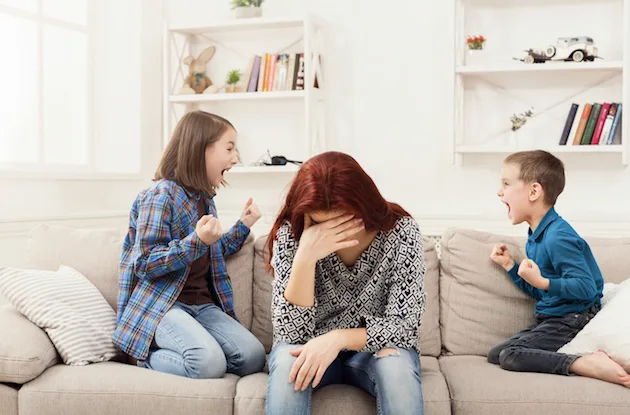What inspired the book? I think the first thing was growing up in a household in the 70’s with five kids and all of the exposures that I had being the youngest of the five. There were new drugs and just kind of tough “surburbany” type kids that I hung out with. Also, my friend, to whom I dedicated the book, died at 10 years of age in a motorcycle accident, he wasn’t wearing a helmet. These sorts of things had me interested in risk and for whatever reason I’ve always been interested in how people make decisions. I tend to be someone who has an easier time making decisions and so I think as I went on into mental health and saw how much people struggle with making decisions, I was interested in how people think and feel and behave. I wanted to understand a lot about my own upbringing, my adolescence was very meaningful to me I saw a lot of things that meant a lot to me. I saw the kind of interpersonal struggles people get into, decisions people make that wind them in jail or pregnant or in a bad situation.
What is it about adolescents that make them want to take risks? We have known forever that adolescents act at times impulsively or irrationally. The confusing thing is, when you talk to them 1-on-1 or even in a classroom, they’re totally rational and are able to explain their thoughts and feelings. They are able to tell you whether it’s a good idea to do something or not to do something. They don’t make bad decisions because they can’t think them through. Part of it is the brain and all the disconnects from the frontal cortex and the emotional center. Kids feel passion, they can feel love, anger, envy, desire. You can control it when you are in your 20s much better than you can at 15, so there is a lot of unbridled passion. There is also a lot of dopamine in the brain that is higher than it will ever be. The intrigue of sex, the excitement of being on a roller coaster, the excitement of driving 100mph, the excitement of jumping off a roof into the pool—that is more exiting than it will ever be again, and teens are just driven by that thrill.
How can parents be cognizant of the risks their children take or may want to take? The way we address risk is knowing our kids, knowing their friends, knowing their friends’ parents, spending time with our kids. Kids who have parents that spend time with them and who are available to them take fewer risks. They talk to their parents about the risks they are thinking of taking, they talk to their parents about their friends who are taking risks, and they see their parents as a reliable source of information and counsel. Parents who aren’t around, who aren’t engaged in the process, who don’t ask their kids about sex, who don’t ask their kids about drugs, who don’t just listen and hang out and let their kids chatter about whatever they want to chatter about, those parents don’t know what’s going on with their kids and their kids don’t come to them. By the time you find marijuana in your kid’s dresser, it’s pretty late, quite honestly.
Are there any trends in this behavior and how has risky behavior evolved over the years? Things are pretty much the same in that the three top killers of young adults ages 13-25 are accidents, suicide, and homicide. Suicide has increased, and that has to do with social networking and with all of the access we have to constantly knowing what everyone else is thinking about us or the message they are trying to send about how great they’re doing or how wonderful their life is. You see this very clearly with this FOMO (Fear Of Missing Out) thing kids talk about. It is a very real thing, and new imaging studies of the brain show when a kid is left out, they feel pain in the brain in the same areas as when they experience physical pain. If you are left out of a group, your brain feels like you are being burned or hit hard. Kids will do a lot to avoid that physical pain; they will take a lot of risks to be part of the group.
RELATED:
Find Family Health Resources Near You





















